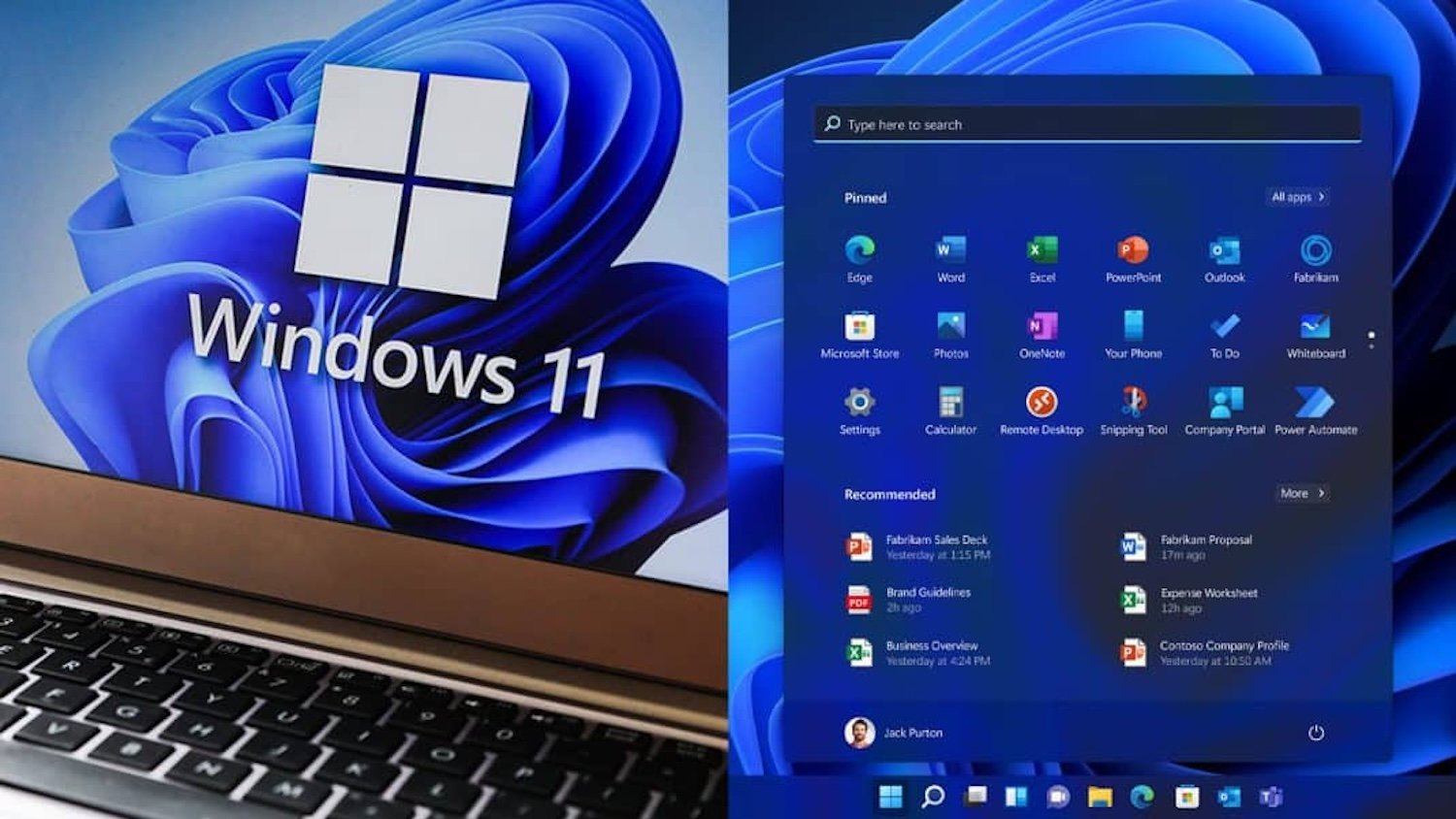
The mission represented the most complex test flight of the system to date.
The seventh test launch of SpaceX’s Starship spacecraft and its Super Heavy booster, designed for crewed lunar missions, ended unsuccessfully late Thursday (CET). According to CNN and the Associated Press, the private American company SpaceX confirmed the failure.
The launch took place from SpaceX’s Boca Chica facility in southeast Texas on Thursday at 5:00 p.m. local time. Reports indicate that SpaceX lost contact with the spacecraft shortly after liftoff. The vehicle was carrying ten mock Starlink satellites intended for testing deployment procedures.
Despite the mission’s overall failure, the Super Heavy booster successfully returned to the launch pad at Boca Chica, marking a partial success.
According to the Associated Press, this mission was the most complex test flight of the Starship system so far.
SpaceX refers to the combination of the Starship spacecraft and its Super Heavy booster as the Starship launch system. This fully reusable transportation system is designed to carry crew and cargo to Earth’s orbit, the Moon, Mars, and beyond. SpaceX claims it is the most powerful system to date, capable of delivering up to 150 tons of cargo into space.
To date, the only fully successful Starship test occurred in October when the Super Heavy booster returned to the launch pad and was captured by mechanical arms, and the spacecraft completed its planned flight.
In the sixth test in November 2024, the spacecraft performed its intended flight, but the booster crashed into the Gulf of Mexico.
All previous test flights have been uncrewed. SpaceX’s Starship is envisioned to carry up to 100 people or large quantities of cargo and equipment in the future.
This project is also critical for NASA, which has selected Starship for its Artemis program to land astronauts on the Moon. The return of humans to the lunar surface is scheduled for 2026.


